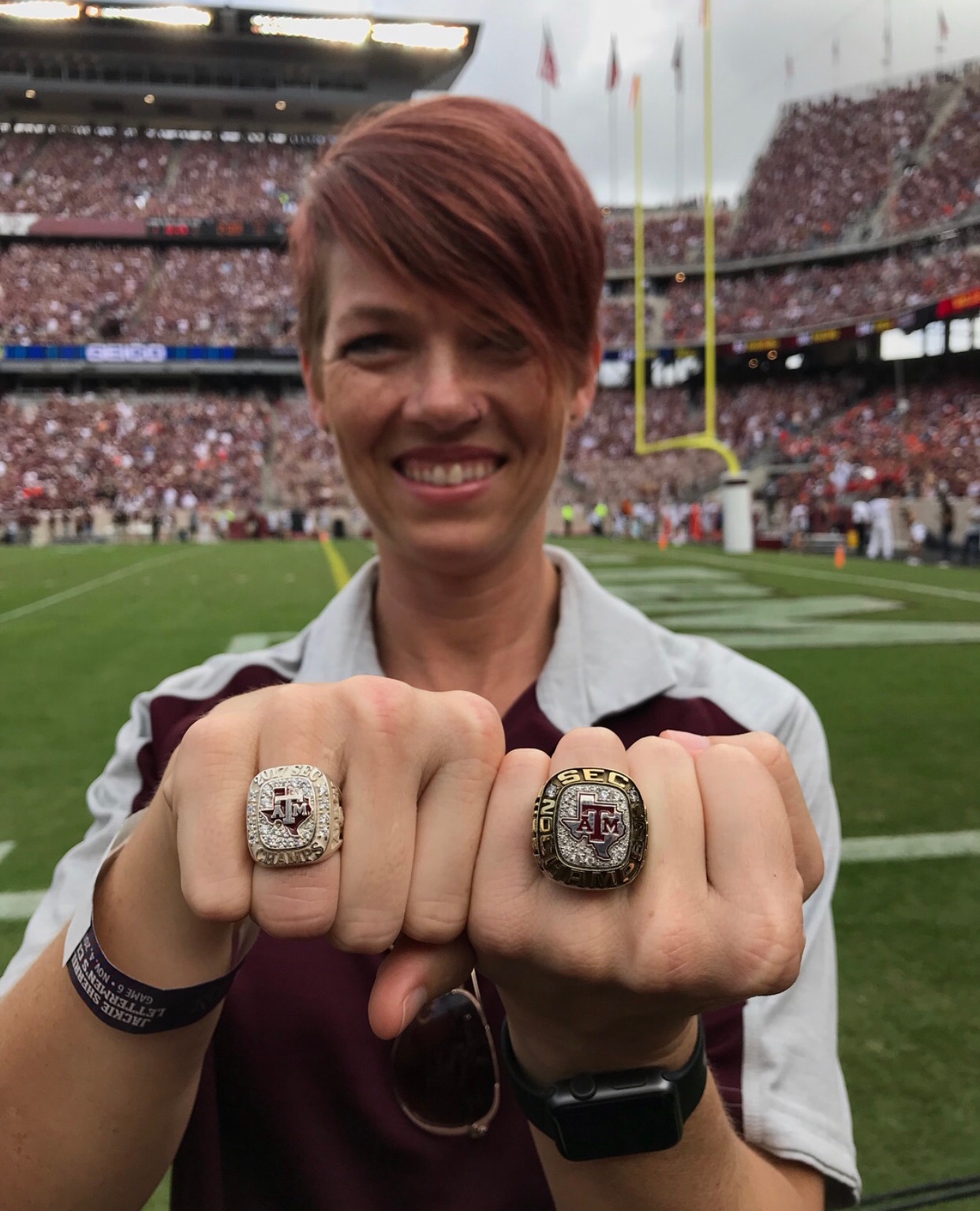Trusting The Process [Part I]
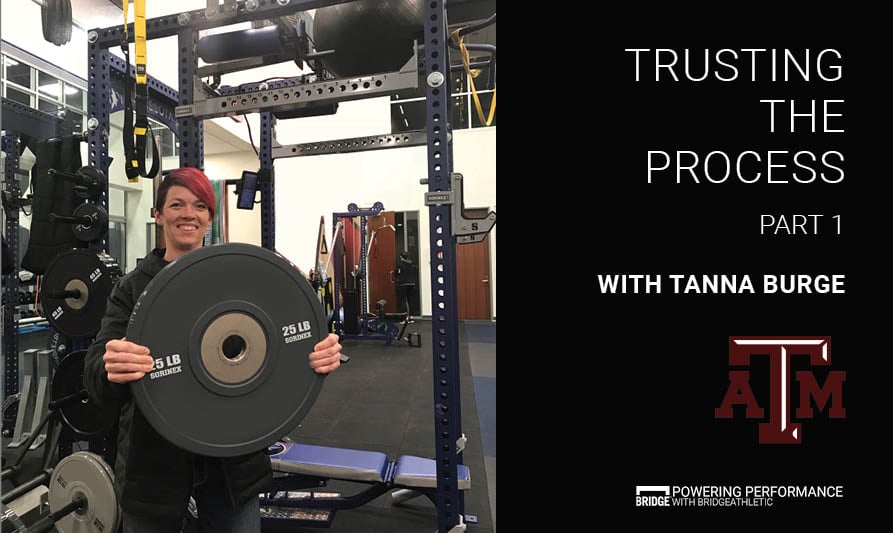
In our latest episode of Powering Performance, we caught up with a leader in the world of sports conditioning, Tanna Burge. This month’s podcast was packed with insights on managing athletes of different levels, creating a culture of excellence, and most importantly building trusting relationships. Texas A&M’s Assistant Athletic Director of Sports Performance, Tanna Burge shares the knowledge she's gained from her years in the industry to you in this killer episode. So let’s unpack it together in Part I of our Texas A&M blog.
Listen along as you read some key takeaways. 
Tanna’s coaching philosophy is centered around trust. It’s what allows her to work as a cohesive unit with all of the Texas A&M coaching staff and provide quality care to an array of athletes.
So how does she do it?
Trust can be hard to build, especially when working with hundreds of athletes. That's why we'll break down how Tanna is able to create such a unique bond with her athletes and explain why building these trusting relationships are so vital for success in an organization.
A Holistic Approach
Tanna uses a holistic approach towards building relationships with her athletes as well as towards training them.
In order to get her athletes working hard in the training center, Tanna believes they need to fully understand why they are assigned to specific programs and regimens so they will trust in the process. To establish such trust, the staff fully integrates themselves into the sport their players are doing to better understand their performance needs outside of the training center.
Performance Staff Meetings:
Getting everyone on staff together bi-weekly or monthly is one of the many ways the Texas A&M performance staff instills trust in their athletes. They gather together to discuss new trends, athlete updates, and structural changes - as a unified group."We make plans on how to react and respond across the board so that everybody is consistent, moving in the same direction with the same message to the athletes, so no one is getting a completely different message." By doing this, the athletes feel a stronger sense of care from the staff, knowing they are all working together to elevate everyone's performance.
“We gain even more trust from the student athletes with what we’re doing, because they know, we are all communicating together.”
To get to this level, where everyone is working together - it takes more than just monthly meetings. Tanna and her fellow staff go out to practices as often as they can to maintain a strong connection with each athlete's progress and also to cheer on their Aggies!
Tip from Tanna: Always continue to educate yourself.
This can be done in many different ways, but a simple strategy is to go out and learn more about the sport you are working with. Go to practices, ask questions, and read everything. Because the more you know, the better you will be able to guide your athletes towards success. And while you may think you know everything, there is always more to be learned.
However, it is not just about athletes trusting your staff. Coaches need to be able to trust the athletes. Relating back to those group staff meetings... Once everyone is on the same page, the athletes become more accountable as they know every coach is monitoring the same metrics. This brings us to one of Tanna’s great qualities as a coach - being a part of her athletes lives.
So let's break down how to and why you should connect with your athletes on a personal level:
Understand your athletes are human.
“ These athletes are great for performance, but they're human beings. So we want to make sure that we are fully taking care of them as human beings.”
1. Use school resources (nutritionist, medicine staff and sport scientists)
There are many tools to help the athletes succeed, but these tools can only help them if they are being utilized. Talking with someone isn’t always an athlete’s first instinct. Especially if they are overtraining. They often think they are just working really hard. Tanna emphasizes the importance of communicating the value of recovery with athletes saying,
“ Yes. [they're] working hard. We love that. But they can also recover hard. They can also take care of themselves outside of practices to best set themselves up for success.”
An athlete can only perform as well as they are recovering. Emphasizing the importance of checking in with their nutritionist can be a determining factor of how much energy an athlete is bringing to a practice or meet. A dietitian can ensure they are refueling properly after training or educate them on hydrating effectively. And while you can't be with them monitoring how much sleep they are getting, you can send them to the sport scientist to go over sleep patterns and any issues they are having getting the appropriate amount of sleep. So when they come in to train or show up come game time - they are properly recovered and prepared for success. By advocating the multitude of resources that are available, an athlete can get the treatment and care they may otherwise skip over but will largely contribute to elevating their level of play. It is not just working hard, it is also recovering hard to set an athlete up for success.
2. Data can’t tell you everything about your athlete, you need to talk to them.
“I can have great measurements from data, and then look at that kid and see they are struggling. You can't tell if a family member passed away, or they broke up with their boyfriend or girlfriend from data. All of these different factors play into their overall performance.”
By being a resource for your athletes it allows them to feel safe and know that you are there for them in life, not just for performance. Student athletes have a lot to juggle, and stress can easily slip in. So being proactive about issues your athletes are facing is a way to mitigate a drop in performance. If an athlete comes in looking lethargic or just isn't moving normally - something else may be going on. For this reason, Tanna examines performance from a holistic perspective - looking at how different metrics are all working in conjunction with one another. Measuring the success of her athletes, it is not just assessing one metric.
"We want success to be wins and losses, but there's so much more that goes into it."
3. Educate your athletes.
From day one, the Texas A&M staff are educating their athletes. The freshman entering their program have classes on handling stress, managing time, and recovering correctly - all in the hopes of mitigating bad habits from forming and getting them off on the right foot. Making the transition from high school to college is huge even if you aren’t a student athlete, so the added pressure of performing at a high level is one that can be daunting. Educating your athletes on how they can navigate their busy lives is a simple way to set them up for success. But education doesn't just happen when an athlete enters your program, like coaches, athletes should continue to learn more about recovery, movement, new trends and ways to take care of themselves from the field, the classroom and dorm room.
Training different athletes with varying training ages:
In the training center, Tanna manages a variety of athletes who are all at different levels in both knowledge and skills. When asked how she is able to manage what could be such a chaotic training room she broke it down for us.
She starts with educating the new athletes.
The goal is to avoid injury as much as possible. Because she doesn’t want them to only be great during their collegiate career, but she wants to set them up for success far past the classroom. She starts with a thorough foundation for each movement to ensure everyone moves correctly without any additional load.
Once great movement is established, she begins to increase the load slowly, while still being mindful of ease of motion through each exercise. Meanwhile, the upperclassman are doing similar exercises but at a different level. She separates these two groups at the beginning because the levels are so different that putting them together wouldn’t benefit either group. It also breeds a sense of encouragement for the younger athletes who are eager to join the rest of the team. But even when these groups begin doing different exercises, Tanna is tackling each of their workouts with the same approach - a holistic approach. Thinking about the whole body, and how everything is working together.
Tip from Tanna: "More isn't always better. It's just more. So make sure what you're doing is really good quality. It's better to have a solid quality of movement with a load on, than crappy movement quality with a high load.”
Movement is key and relates back to creating a trusting relationship. If the athletes understand why so much emphasis is being put on movement, they will be much more likely to trust you and the process. Your athletes want to perform at the highest level, that competitive drive is what's gotten them through the door. However, now that they're here, don't be surprised if they need to apply the breaks, learn how to listen to their bodies and discover how to adapt to new stressors far beyond sports.
“I think just at a base level, the athletes understand and trust that we’re not just here to make them pick heavy things up and put them down. We’re here to really elevate their level of performance.”
Bringing it all together
The two key themes here were building trust and implementing a strong education around performance. Dedicating the time to educate your athletes on their individualized training is a key towards creating a culture based on trust and respect. If you still aren’t convinced by how these two key factors breed a culture of excellence - tune into our podcast to hear what moment Tanna defines as her greatest accomplishment.
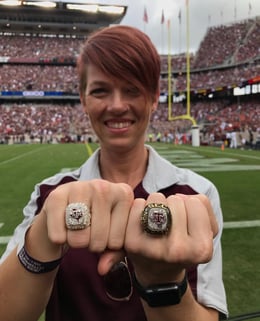
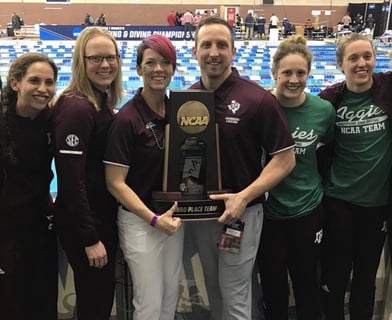
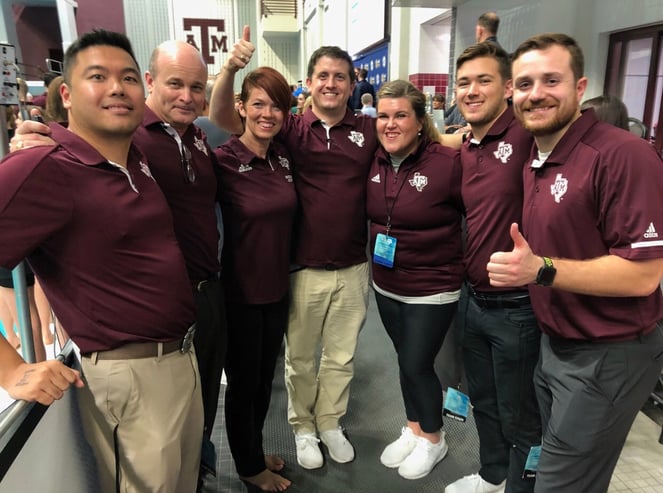
About the Author

At Bridge, we are all athletes and coaches first. As athletes, our team has experienced everything from riding the pine on JV, to winning NCAA championships, to competing in the Olympic Games. As coaches, we have helped countless athletes reach their full potential, winning everything from age group section championships to Olympic Gold Medals.
Related Posts

The Best Bench Press Variation You’re...
This post is part of our Coaches Corner series with Taylor Rimmer. Taylor is NSCA-CPT, StrongFirst...

Does Powerlifting Harm Heart Health?
A recent study has discovered that a 12-week supervised strength training program (SSTP) may result...
-1.png)
Barefoot Running: Is It For You? |...
Run Free: Consider Less Cushion
Updated October 2020:
With more athletes looking for ways to...

